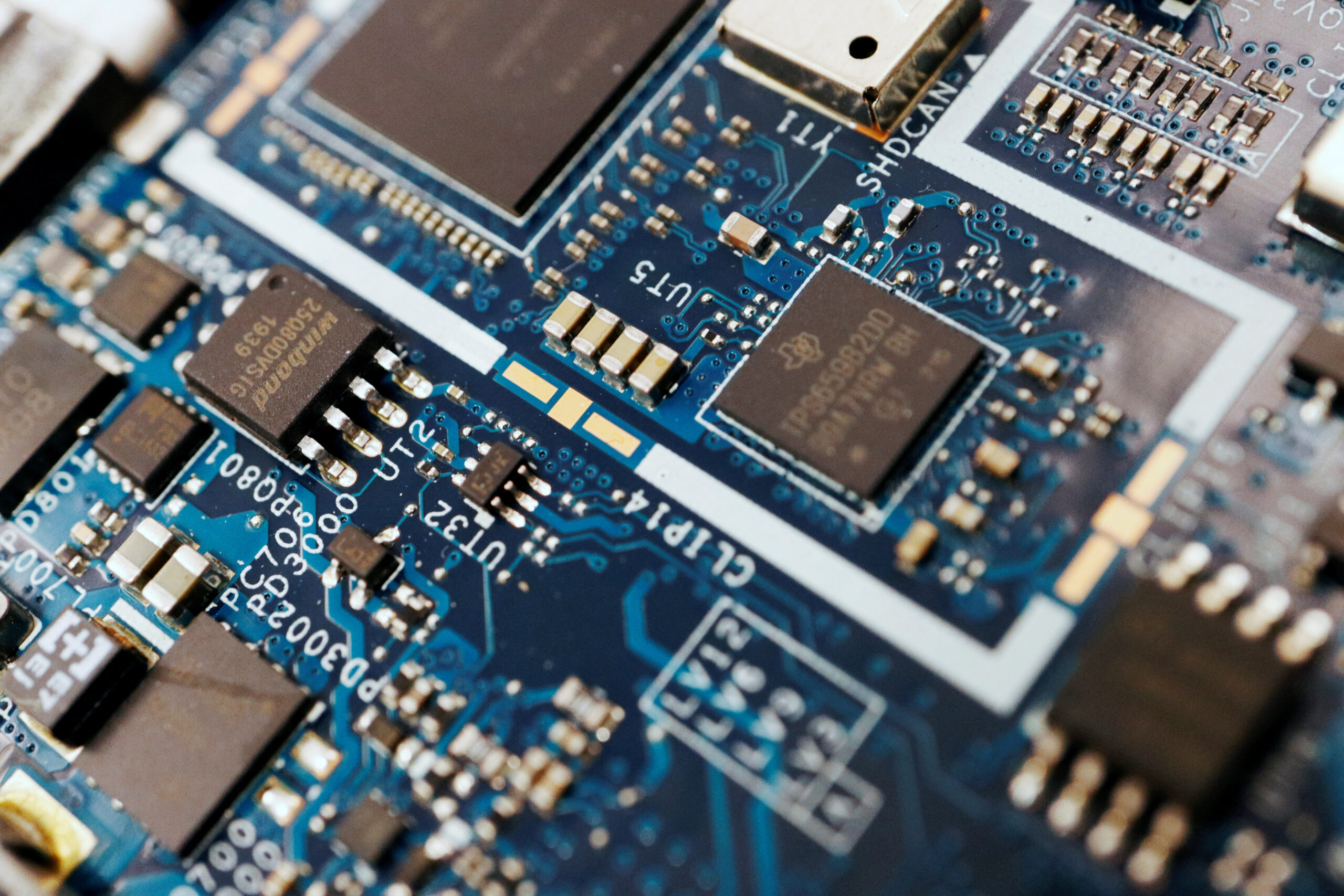
Much water has flown down Hwang Ho river since the July day of 1971 when US Secretary of State Henry Kissinger visited China and met People’s Republic of China’s first Premier Zhou Enlai to broker an understanding between two ideologically incompatible nations which would irrevocably change the economy behind the Bamboo Curtain in the decades to come. In this backdrop, the recent curbs on technological investments in China by US marks a low in Sino-US relations.
If the US Secretary of State was on a secret visit, PRC’s giant economic strides taken thereafter was there for all the world to see. It was in US’s interests to make China into an economic super power.
China’s military prowess has indeed taken a giant leap forward together with its economy. It is no longer in US interests to let China’s martial muscle to grow any further especially if it was funded by investments from American firms.
The curbs in key technological sectors are aimed to reduce American concern about military advancements of China straining the bilateral relations. Unlikely to cry over split milk, efforts of leaders of the “Middle Kingdom” would be pivoted towards securing funding from other regions.
These likely sources of technological investments include domestic sources, European investors and alternative financing methods. While overall trajectory towards recovery of relations between the two nations won’t be affected, the curb signals increasing scrutiny and control over technological investments in China.
For it emphasizes risk reduction rather than complete de-coupling. Though the executive order of President Joe Biden aligns with the broader concern of safeguarding sensitive technology and intellectual property, one cannot rule out apprehension of exacerbating diplomatic tensions between the two countries.
But the curbs do not leave China short of options as its domestic economic system is growing. There are international investors interested in the Chinese technological companies.
Chinese semi conductor, quantum computing and artificial intelligence companies have certainly benefitted from US technology. But the curbs do not mark an end of the world to them as American venture capital and private equity investment are not the sole source of funding to these buoyant companies.
It seems a diversification of investment channels for Chinese technology companies is already in the cards. But “Cathay” as Marco Polo, the famous explorer who familiarised China to Europe referred to it has to put internal sources of finance as the first-go -to investors in its hour of need.
The US executive order may prompt other countries to have second thoughts about investing in China lest they rub America the wrong way. Such stepping back would have broader re-evaluation on global technological collaboration and supply chains.
All eyes would be on China to see how it responds and adapts. For the impact of the order is not unlikely on future trade negotiations between US and China.
One wonders whether President Biden before issuing his executive order had thought how it could be a rallying point of Chinese efforts to achieve self- sufficiency in critical technological areas. Given the Chinese penchant to fend for themselves, this order would stimulate further domestic research and development.
All regional players, including India which is enjoying closer ties with US than ever before should draw lessons from this situation. For it has potential for repercussions spanning diplomacy, technology, investment and global trade.
The American apprehension is based on the impact of state of the art Chinese technological firms can pose to US national interest. Given the unfruitful American search for weapons of mass destruction in Iraq, Uncle Sam’s misgiving has to be taken with a substantial pinch of salt. (IPA Service)
The post U.S. Curbs On High Tech Transfer To China May Boomerang On Pentagon Itself first appeared on Latest India news, analysis and reports on IPA Newspack.


